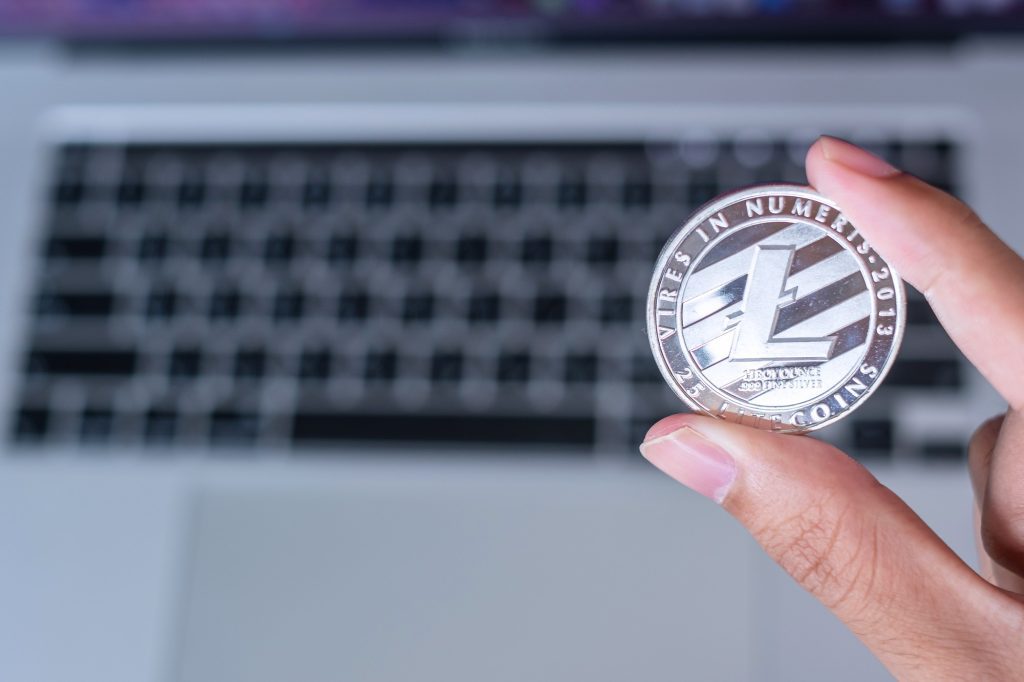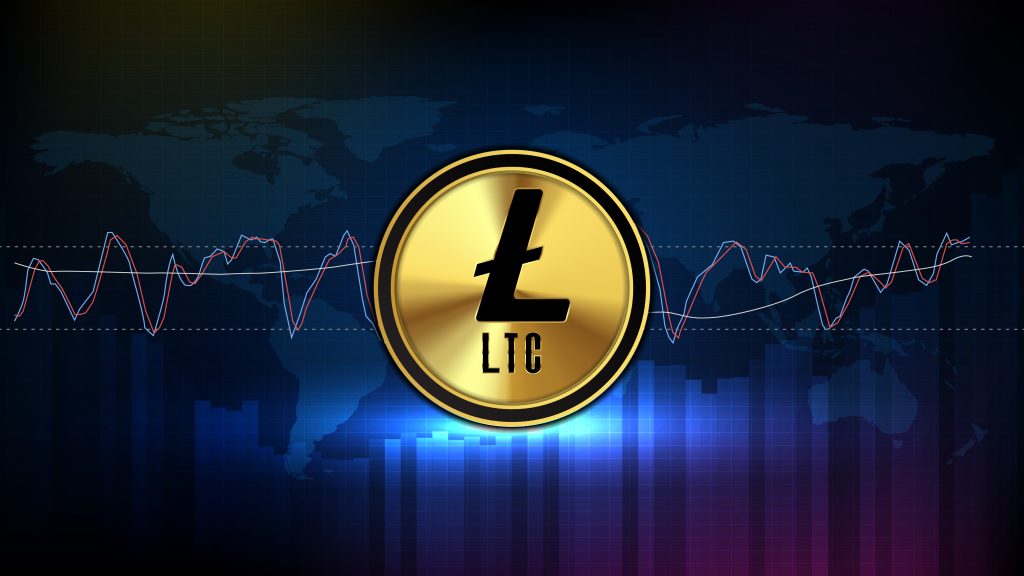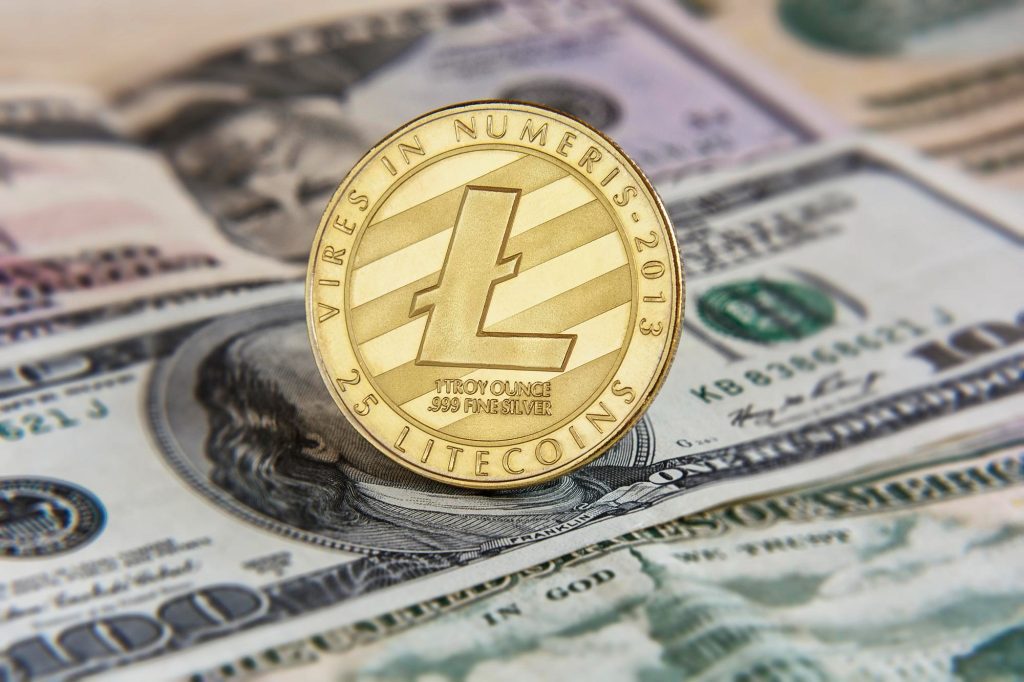Step into the thrilling realm of cryptocurrencies, where innovation meets finance and technology defies convention. Amidst the ever-evolving digital landscape, one contender stands out, daring to challenge the status quo—Litecoin.
As we embark on this journey, we’ll uncover the unique characteristics that set Litecoin (LTC) apart from its crypto brethren and explore its potential to reshape the future of digital currencies. Prepare to be captivated by the intriguing world of Litecoin, as we delve into the captivating stories, breakthroughs, and possibilities that lie ahead.
What is Litecoin: A Simple Explanation


Often considered Bitcoin’s younger sibling, Litecoin boasts unique features that make it a compelling alternative.
Litecoin was Founded in 2011 by Charlie Lee, a former Google employee, and it aimed to improve upon Bitcoin’s design by addressing its limitations and offering a more efficient, accessible alternative.
As a cryptocurrency, LTC relies on blockchain technology, a decentralized and secure digital ledger that records transactions. This ensures that users can transfer funds without the need for intermediaries as banks, making transactions faster and more cost-effective.
When Charlie Lee created Litecoin, he sought to enhance the existing Bitcoin framework. By adjusting the source code, he introduced a quicker block time, a distinct mining algorithm called Scrypt, and an augmented maximum supply of coins.
These modifications enabled Litecoin to establish itself as a powerful contender in the cryptocurrency arena, creating its own unique space alongside Bitcoin.
Litecoin vs. Bitcoin: Key Differences Explored


When diving into the world of cryptocurrencies, it’s impossible to ignore the dynamic duo of Litecoin and Bitcoin. Often regarded as the silver and gold of digital currencies, these two powerhouses share similarities but also possess distinct characteristics that set them apart.
• Transaction Speed and Efficiency
One of the most significant differences between Litecoin and Bitcoin is transaction speed. With a block time of just 2.5 minutes, Litecoin’s transactions are processed far quicker than Bitcoin’s 10-minute block time. This makes Litecoin more suitable for smaller, everyday transactions, offering a convenient and user-friendly experience.
• Mining Algorithm and Network Fees
Litecoin utilizes the Scrypt mining algorithm, which is less resource-intensive than Bitcoin’s SHA-256 algorithm. This not only allows for faster mining but also results in lower transaction fees. Consequently, Litecoin is not only more energy-efficient but also gentler on your wallet.
• Market Capitalization and Supply Limits
Another key distinction lies in the supply limits of each cryptocurrency. While Bitcoin has a maximum supply of 21 million coins, Litecoin has a much larger cap of 84 million coins. This difference in supply could potentially impact the value and scarcity of each digital currency.
• Community Support and Acceptance
Despite their differences, both Litecoin and Bitcoin share a decentralized nature, robust encryption, and a growing acceptance among merchants and exchanges worldwide. Each boasts a strong, active community of users and developers, making them popular choices for those looking to invest in or use cryptocurrency.
How to Buy, Sell, and Store LTC: A Step-by-Step Guide


Diving into the world of Litecoin? Here’s a simple guide to help you buy, sell, and store LTC with ease.
1. Choosing a Cryptocurrency Exchange
To begin, you’ll need to select a reputable cryptocurrency exchange such as Coinbase, Binance, or Kraken.
Research various options to find one that suits your needs, taking note of factors like transaction fees, security measures, and user experience. Binance also offers a peer-to-peer trading platform, allowing users to directly buy and sell Litecoin with each other, usually with no fees involved.
This can be an attractive option for those looking to avoid typical exchange fees and engage in transactions directly with other users.
2. Creating an Account and Verifying Your Identity
After choosing an exchange, create an account by providing personal information and completing the necessary verification steps. This usually involves identity verification to ensure secure transactions.
3. Buying LTC
To buy Litecoin, deposit funds into your account by linking a bank account or credit card, or transferring funds from another cryptocurrency wallet. Once your account is funded, specify the amount of Litecoin you want to purchase and at what price. The exchange will then match you with a seller or buy the coins from its own inventory.
4. Selling Litecoin
Selling Litecoin follows a similar process. Specify the amount you wish to sell and the desired price, and the exchange will find a buyer or purchase the coins itself.
5. Safely Storing LTC
After acquiring Litecoin, you’ll need a digital wallet to securely store your coins. Two main options are available: software wallets, such as Jaxx and Exodus, which are mobile apps or computer programs, and hardware wallets like the Ledger Nano, which store your keys offline on a physical device. Choose the wallet type that best suits your security preferences and ease of use.
By following these steps, you’ll be well on your way to buying, selling, and storing Litecoin safely and efficiently. As more merchants accept Litecoin as a form of payment, you’ll find it increasingly easy to use your digital currency for goods and services both online and in brick-and-mortar stores.
Is LTC a Good Investment?


Now, we know what you’re thinking: is Litecoin a good investment? Well, that’s a bit of a loaded question. Cryptocurrencies, including Litecoin, can be highly volatile, which means their value can fluctuate wildly. That being said, some folks believe that Litecoin has a bright future thanks to its faster transaction times, higher blockchain capacity, and eco-friendlier mining process.
As with any investment, it’s important to do your research and consider your risk tolerance before diving in. And remember, never invest more than you can afford to lose.
Why is Litecoin the Future of Money?
Some enthusiasts argue that Litecoin is the future of digital currency because of its distinct advantages over other cryptocurrencies. Its speed, scalability, and energy efficiency make it an attractive option for both users and merchants.
As global concerns about climate change and environmental sustainability grow, cryptocurrencies that minimize their environmental impact are gaining attention. Litecoin’s mining algorithm, Scrypt, is more energy-efficient compared to Bitcoin’s SHA-256, making it a greener choice for miners and users alike.
Moreover, its growing acceptance and increasing market presence indicate that it’s not just a passing fad. Ultimately, while it’s impossible to predict the future with certainty, Litecoin’s potential makes it a strong contender in the ever-evolving world of cryptocurrencies.
As we reach the end of our captivating exploration of Litecoin and the crypto universe, don’t let the adventure stop here! Immerse yourself in the fascinating world of NFT games and master the crypto acronyms that dominate social media conversations. Stay informed and engaged to make the most of your digital journey, and keep riding the wave of innovation in the ever-evolving landscape of cryptocurrencies!








